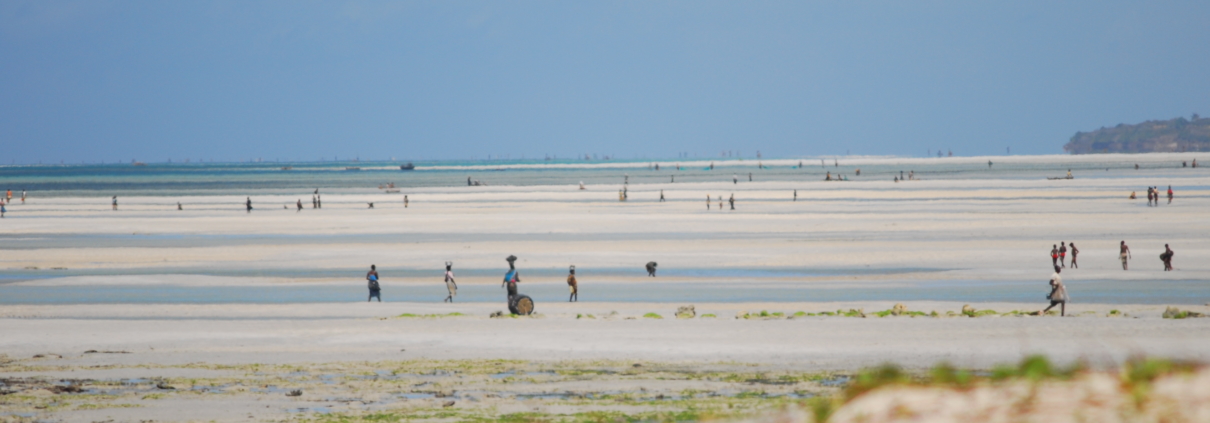BLOG
Northern Mozambique’s Conflict Ecosystem
BY FLORA MCCRONE
On our blog, we’ve written before about how we feel that within the CVE (countering violent extremism) sector, research and programming can – for a variety of reasons related to sensitivity and confidentiality – become problematically siloed. More and more though we’re also noticing a wider problem of siloing, which is that CVE work as a whole is often treated in isolation from the wider conflict, peacebuilding and governance field.
Really, at Wasafiri we are increasingly sensing that violent extremism should be treated as a symptom of a wider conflict system, and therefore research and programming oriented towards CVE should be treated in this context. That is to say, if we apply a purely CVE lens, which focuses our attention primarily on recruitment by violent extremist groups and terrorist attacks, we miss the crucial wider ecosystem.
Lately, our Conflict team has become increasingly interested in northern Mozambique in the province of Cabo Delgado, where an emerging insurgent group illustrates just this issue. The name of the insurgent group remains unclear though some people are calling it Al Shabaab, and the group has in the last year carried out a number of gruesome attacks on rural villages in the region, where they have beheaded dozens of people.
These signs of course feel very familiar to us, leading many commentators to jump straight to making links between the Cabo Delgado insurgency and other high-profile extremist groups – namely Al Shabaab in Somalia, and ISIS, for whom beheading has become a trademark.
The logical conclusion of these comparisons could be that the Cabo Delgado insurgents will be understood in these terms, and should therefore be responded to in the same ways that the international community has responded to the threats posed by Al Shabaab and ISIS – it doesn’t take a CVE expert to know that this could prove ineffective at best, and extremely damaging at worst.
If we zoom out a little from the attacks perpetrated by the Cabo Delgado insurgency, and look at the wider environment and political economy, a variety of important factors come to light. First, that the area is extremely rich in natural resources, which for the most part are poorly managed or extracted in an exclusionary or exploitative manner. Second, that the area is highly ethno-linguistically diverse, with each of the numerous ethnic communities in Cabo Delgado not only speaking different languages or having different religious practices, but also having variable experiences of engagement with wider Mozambican politics – namely via the ruling FRELIMO party – and the state more broadly. Moreover, the violence is linked with insurgent activities across the border in southern Tanzania (though we are not exactly sure how). At a more basic level, the insurgency in Cabo Delgado simply doesn’t look like violent extremism-affected areas in other parts of East Africa and the Middle East. It is extremely low-tech, ‘barefoot’ and its attacks are indiscriminate and unsophisticated. When you look at the crisis from the ground level you realise that actually, this insurgency has as much in common with the LRA in northern Uganda and South Sudan, or the mai mai militia in resource-rich eastern DRC, as it does with ISIS, Al Qaeda or even Al Shabaab in Somalia.
These distinctions may seem minor, but for those of us deeply engaged in trying to understand, respond or mitigate such crises, they are crucial. From this ‘conflict system’-oriented perspective, we are able to gain a much richer picture of the realities of how this group works, the vectors of power that drive its leadership, the divergent grievances of new recruits, what life is like for communities living in affected areas, and importantly, which direction they might be heading in. With these insights, we are much better equipped to respond in ways that disrupt this conflict cycle.








